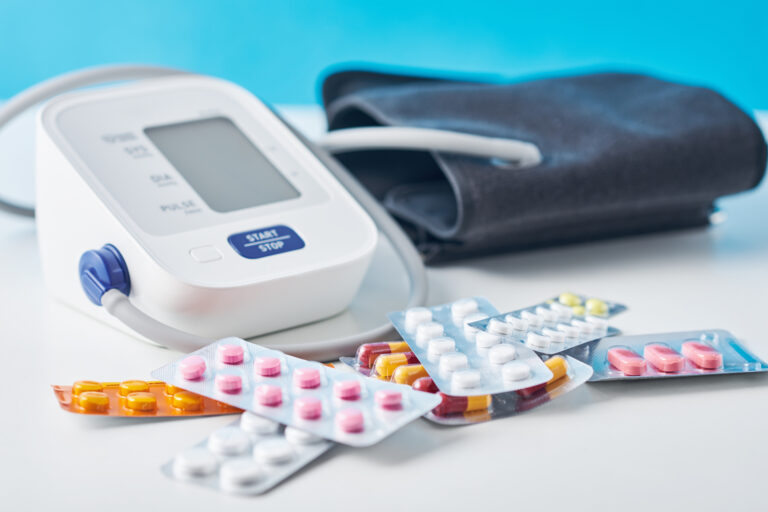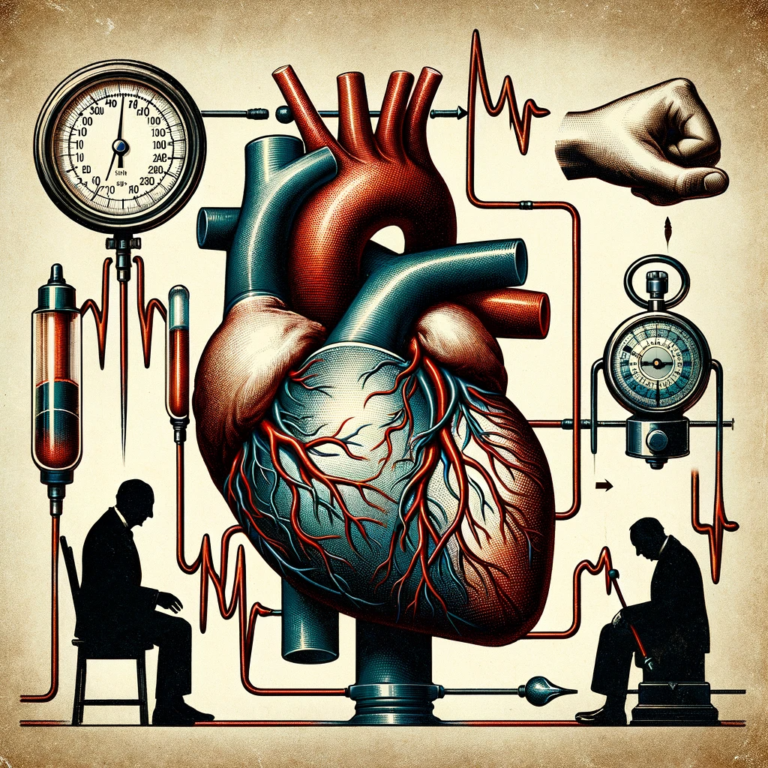High blood pressure can be detected most reliably by measuring both arms. A recent study suggests it can also help diagnose hypertension and cardiovascular disease. Hypertension can be diagnosed more accurately with measurements from both arms. This ensures accurate early diagnosis and effective treatment. A total of 53,172 participants were enrolled in 23 studies conducted by researchers at the University of Exeter in the UK. High or low arm pressures were examined in this study. After using the higher arm blood pressure reading, 12 percent of patients with hypertension who would otherwise fall below the threshold for diagnosis were reclassified.
Here are five facts about the differences in blood pressure between the left and right arms:
- A small difference in blood pressure readings between the right and left arm is normal, usually around 5 mmHg or less.
- A repeated difference of more than 10 mm Hg in blood pressure between arms can indicate health issues such as peripheral artery disease, diabetes, kidney disease, or heart problems.
- Large differences in blood pressure readings between arms suggest the presence of artery-clogging plaque in the vessel supplying the arm with higher blood pressure.
- In general, any difference of 10 mm Hg or less between the right and left arm blood pressure is considered normal and not a cause for concern.
- Consistent differences greater than 10 mm Hg could signal circulatory problems, potentially leading to conditions like peripheral artery disease, stroke, or other heart problems.







